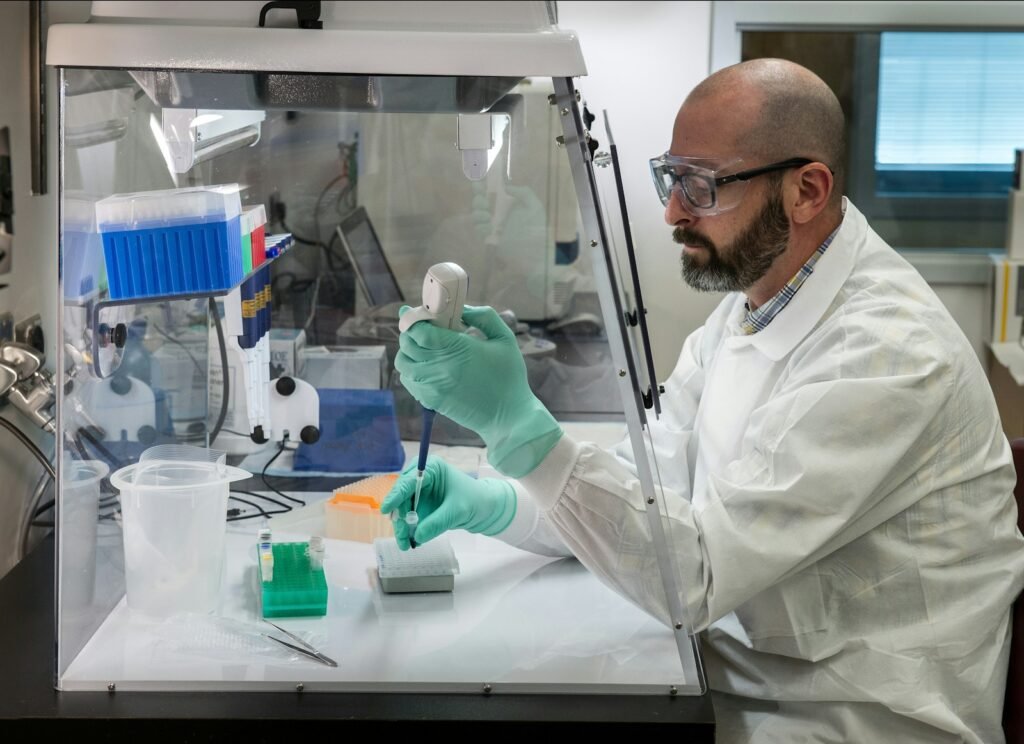It’s a scene fading from memory: a tangled hedgerow alive with birdsong, wildflowers bursting from the brambles, and a symphony of insects busily weaving through the leaves. Once, these living boundaries stitched the English countryside together, supporting a world of color and life. Now, many of those native plants—guardians of biodiversity—have vanished from hedgerows, victims of changing farming, development, and neglect. Yet, a quiet revolution is stirring. Gardeners, farmers, and nature lovers across England are rediscovering these lost natives, determined to return the hedgerow to its former glory. What if the power to revive a landscape lies in the humble act of planting a seed?
Why Hedgerows Matter More Than Ever

Hedgerows are more than just green fences—they’re ancient lifelines for wildlife. Stretching for thousands of miles, they form corridors that connect fragmented habitats, letting animals and plants move safely across the countryside. Birds, bees, small mammals, and butterflies all depend on their shelter and food. Scientists have shown that hedgerows trap carbon, prevent soil erosion, and even shield crops from wind. When these tangled thickets vanish, so do the countless creatures and benefits they bring. In a world facing climate change and biodiversity loss, reclaiming hedgerows is a way to heal both land and spirit.
The Hidden History of England’s Hedgerows

Centuries ago, hedgerows were carefully planted to mark property lines and corral livestock, but they became much more than practical boundaries. Over generations, they grew wild, weaving together hawthorn, blackthorn, dog rose, and a tapestry of wildflowers. Each region developed its own blend of species, shaped by local soils, weather, and traditions. During the 20th century, thousands of miles of hedgerows were ripped out for larger fields and modern farms, taking rare plants with them. Today, the loss is stark: some native hedgerow plants are now rarities, their stories barely remembered.
Meet the Lost Natives: Iconic Hedgerow Plants
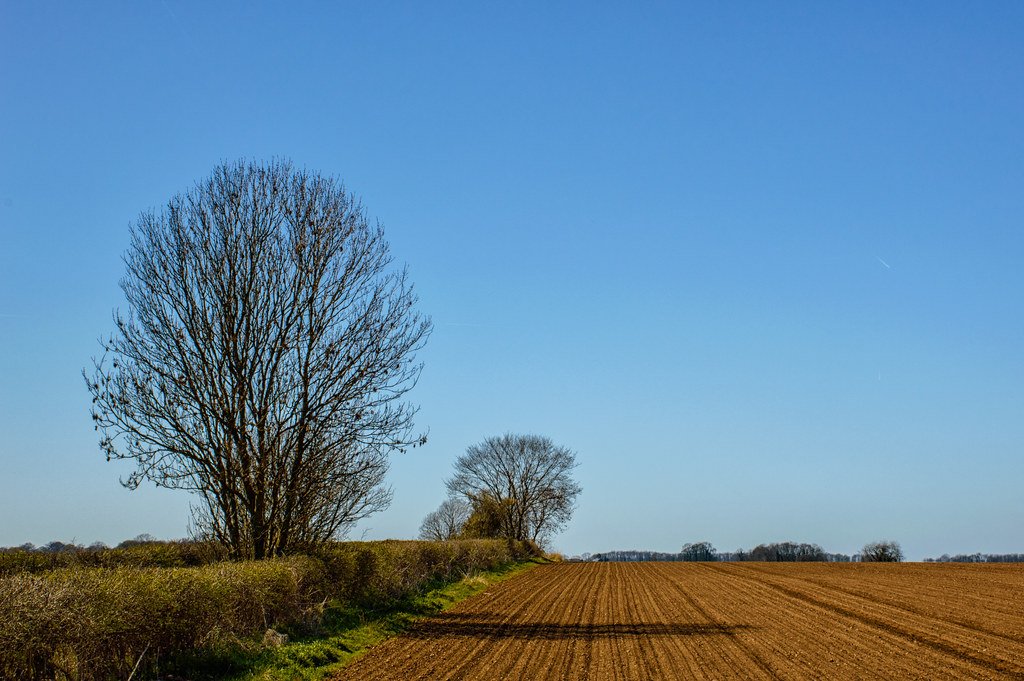
Some plants once found everywhere in England’s hedgerows have slipped into obscurity. The spindle tree, with its shocking pink berries, and the delicate wild service tree are now seldom seen. Meadowsweet, sweet with almond-scented blooms, once lined wet ditches in clouds of cream. Wood anemone, primrose, and dog violet brought early spring color, but struggle where hedges have thinned or vanished. Reclaiming these lost natives isn’t just about nostalgia—each plant supports unique insects, birds, and fungi that depend on it alone.
Why Did We Lose Them?

The decline of native hedgerow plants is closely tied to changes in how land is used. Intensive agriculture favors neat, trimmed hedges or removes them altogether, leaving little room for wildflowers or old trees. Chemical sprays and fertilizers drift into the margins, weakening delicate species. Shady, neglected hedges may crowd out sun-loving plants, while over-management with flails or chainsaws can kill off ancient shrubs. Climate change adds new pressures, shifting weather patterns and bringing unfamiliar pests. All these forces make life tough for England’s traditional hedgerow residents.
The Science of Hedgerow Restoration
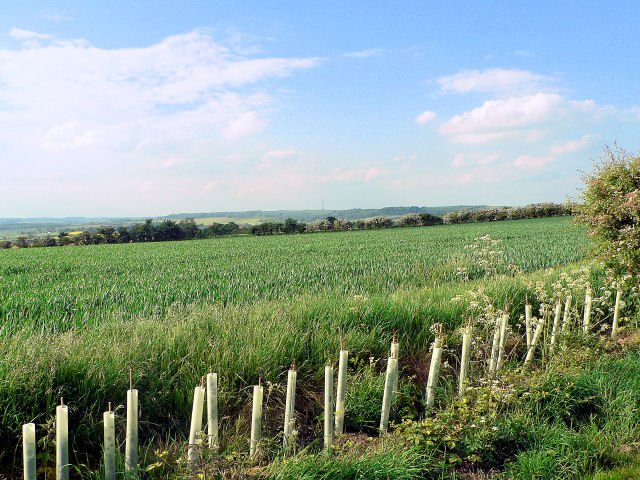
Restoring a hedgerow isn’t as simple as letting it grow wild. Ecologists recommend mixing a variety of native shrubs—hawthorn, hazel, blackthorn, field maple, and more—to mimic the layered complexity of old hedges. Planting should be dense and diverse, with species chosen for local conditions. Gaps can be filled with wildflowers like red campion, selfheal, and oxeye daisy, which support pollinators. Careful laying or trimming keeps the hedge thick at the base, where birds and hedgehogs hide. Research shows that within just a few years, a restored hedge can attract an explosion of wildlife.
How to Start Growing Lost Native Plants

Anyone can help reclaim lost hedgerow plants, whether you have a country estate or a city garden. Start by choosing native species adapted to your soil and climate—nurseries now offer hedgerow packs with the right mix. Plant bare-root shrubs in winter, spacing them close for a dense barrier. Add wildflower seeds to the base and mulch with leaf litter to mimic natural woodland. Avoid fertilizers or pesticides that harm young plants and insects. Even a single hedge in a garden or community park can become a refuge for rare species.
Gardening for Wildlife: Simple Steps with Big Impact
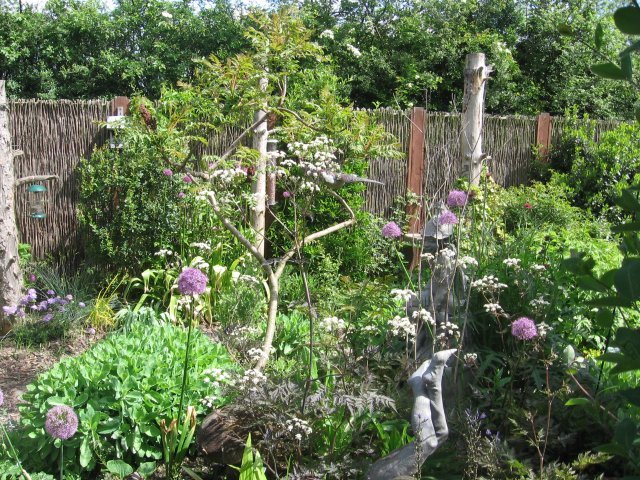
Small actions create ripple effects. Leave some sections of your hedge untrimmed for a year or two, so flowers and berries can set seed. Pile up fallen branches or logs nearby—these “deadwood hotels” are havens for beetles and fungi. Create gaps in fences for hedgehogs to pass through, or hang up a bird nesting box among the branches. Watch as butterflies, wrens, and bees return, drawn by a banquet of nectar and shelter. In time, your hedge will hum with life, a miniature echo of England’s wild past.
Common Mistakes and How to Avoid Them

Restoring hedgerows doesn’t always go as planned. Many people plant only one species, like hawthorn, leading to a lack of diversity and food for wildlife. Over-pruning with power tools can leave hedges gappy and weak at the base. Planting exotic or ornamental shrubs may crowd out native plants needed by local insects. To avoid these pitfalls, research the right species for your area, trim with hand tools when possible, and leave some sections wild. Patience is key—native hedges take time to mature but reward you with beauty and life.
The Role of Community in Hedgerow Revival
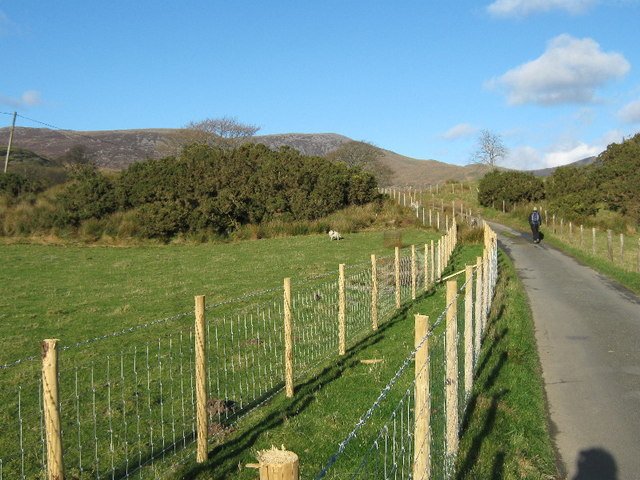
Reviving England’s lost native plants isn’t a job for one person alone. Across the country, communities are coming together to plant and care for hedges in schools, parks, and farms. Village groups organize “hedge-laying” days, reviving old crafts and passing on knowledge. Children learn to identify wildflowers and watch caterpillars grow into butterflies. These projects foster pride and a sense of belonging, turning neighbors into stewards of their landscape. When people work together, even the smallest patch of greenery can become a symbol of hope.
Climate Change and the Future of Hedgerows
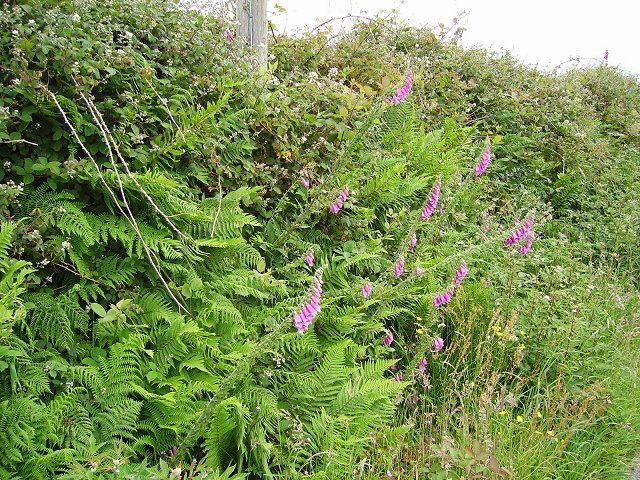
As temperatures rise and weather becomes more unpredictable, hedgerows may become even more vital. Their deep roots help store carbon and soak up floodwaters, while dense growth shields crops from scorching sun and fierce winds. Scientists are exploring how to adapt hedgerow planting for new conditions, introducing drought-resistant natives and mixing species for resilience. By restoring lost plants, we build a living buffer against the unknown—a safety net for wildlife and people alike.
Rediscovering the Magic: Personal Stories from the Hedgerow
People often describe a sense of wonder when an ancient hedgerow springs back to life. A farmer might spot the first spindle berries in decades, or a child finds a slow worm basking in the shade. For many, restoring hedgerows becomes deeply personal—a way to honor family history or reconnect with nature after loss. “I planted these hedges with my grandmother,” one gardener shares, “and now my children watch the butterflies dance in the same branches.” These stories remind us that reclaiming the hedgerow is about more than plants; it’s about roots, memory, and the promise of renewal.
What If We All Planted Just One?
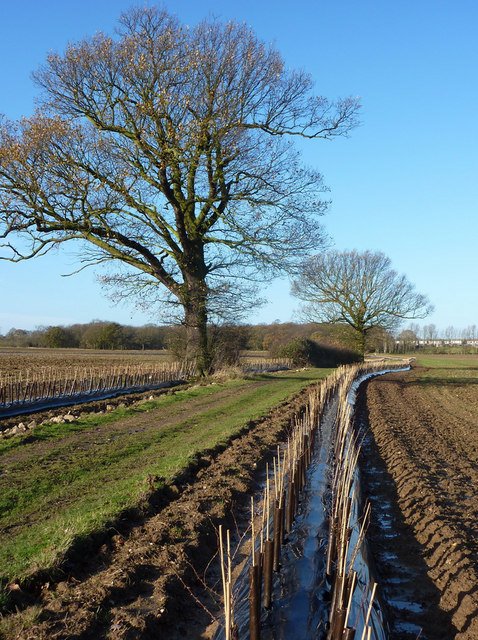
Imagine if everyone in England, from city dwellers to country farmers, planted a single native hedgerow plant. The landscape would transform, stitched together once more by living green threads. Birds would return to nest, bees to buzz, and wildflowers to bloom across the land. Reclaiming lost hedgerow plants isn’t just an act of conservation—it’s a statement of hope, a gift to future generations, and a quiet rebellion against decline. The question is simple: will you be part of the revival?

